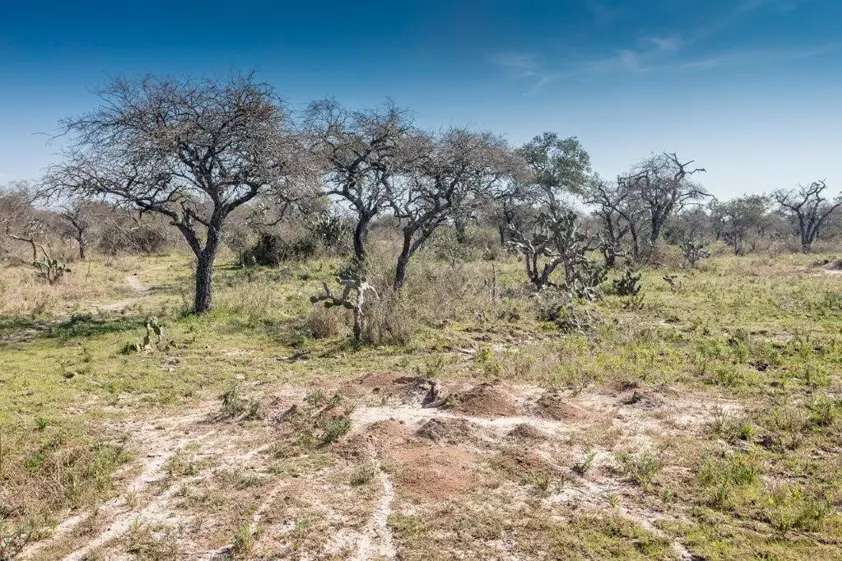UPM started its forestry operations in Uruguay nearly 30 years ago. Since the very beginning the company has systematically developed methods for maintaining biodiversity in its eucalyptus plantations.
Since the beginning of its operations in the early 1990s, UPM has conducted biological surveys to identify and classify the native species in the regions where it was going to operate. This initiative has been maintained every time the company has expanded to new areas over that last three decades.
“In the survey done in the farm named Mafalda we found that its flora and fauna and some ecosystems were very special. Therefore, we reserved the part of the farm with the richest biodiversity and since then this area has been an important flagship of our conservation work in Uruguay,” explains Ivan Grela, UPM Forestal Oriental’s Coordinator of Biodiversity and Conservation.
Increasing protected areas
UPM aims to preserve and protect the most important species and ecosystems in the areas where it operates through the “UPM Biodiversity Programme”.
In Uruguay, the company preserves areas with grasslands, native forests, wetlands and other natural ecosystems thanks to its Network of Biodiversity Reserves which includes 33 areas – Mafalda being the most extensive and diverse – covering more than 15,000 hectares and is home to hundreds of native species. Each of the biodiversity reserve has specific management and monitoring plans.
In Mafalda the size of the protected areas has been growing steadily rising from 1,000 hectares up to the current 1,550 hectares.
As part of the contributions to conservation agreed with the Uruguayan State, UPM presented a proposal to the Environmental Ministry of Uruguay that Mafalda to be included as a part of the National System of Protected Areas (SNAP) in Uruguay. The agreement between UPM and the Ministry was finally concluded in December 2015 and the area was officially renamed as Esteros y Algarrobales del Río Uruguay (EARU).
“UPM became the first and so far the only private company to manage a protected area within the SNAP. Other industrial sectors including agriculture and cattle grazing have not adopted such initiatives. UPM is responsible for managing EARU following the management plan agreed with the SNAP," says Grela.
“Mafalda is also an important showcase for us to demonstrate that it is possible to protect nature and run successful forest operations in the same zone. In this farm we are having a very important role in biodiversity conservation and having a sustainable wood production. This is an arrangement that people seem not to be very familiar with.”
Protection work in practice
Previously, this valuable natural site was over-exploited due to agriculture and cattle grazing.
“In the first phase, we had to cease these operations in one part of the site to allow the ecosystems to regenerate. After 10 years the region was recovering very well so we were able to proceed with our restoration work”, Grela explains.
There are approximately 700 species of flora living in the region that represent around 25% of flora found in the whole country. “This is a very high percentage accumulated in a small area of land that highlights the value of the region since similar values are also detected for other groups such as birds or mammals”, adds Grela.
"Over the years we have monitored the populations of flora and fauna to improve information about the biodiversity values of the area, adding other biological groups such as fish and aquatic macroinvertebrates to the monitoring program scope", he adds. Additionally, the monitoring and control of invasive exotic woody species (such as Gleditisia triacanthos) has been carried out as part of the conservation measures.
UPM also promotes a new working culture in Uruguay by collaborating with stakeholders and NGOs to professionally manage the conservation areas with the contribution of experts on the subject linked to these organizations.
“Since 2011 we have been working with Vida Silvestre to improve the management plan and monitoring programmes in the region. Vida Silvestre is a very respected environmental organization in Uruguay.”
"At UPM Forestal Oriental we are proud of the management of this area so relevant for the conservation of Uruguay's biodiversity. We have made it for more than 30 years and the results can be seen in the maintenance, and in some cases increase, of the biodiversity present in this area”, concludes Grela.
In 2023 UPM opened a visitor centre which enables the reception of visitor groups who are interested in touring EARU and its rich environment. The centre also includes facilities with research equipment for use by researchers and arranging on-site meetings.

